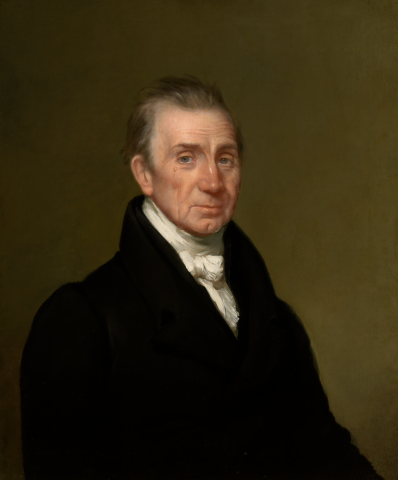
James Monroe (1758–1831)
James Monroe was the fifth president of the United States, serving two terms (1817–25). He shared Thomas Jefferson’s belief that territorial growth would lead to the political consolidation of the United States. Following the model of the 1803 Louisiana Purchase, Monroe worked closely with his secretary of state, John Quincy Adams, to convince Spain to sell Florida to the United States in 1819.
Monroe’s most consequential legacy was his message to Congress on December 2, 1823, named decades later, the Monroe Doctrine. Written during the wars of independence of Latin America against Spain (1809–26), it declared U.S. opposition to further European colonialism in the Americas and signaled the United States’ intention to become the dominant power in the region. In 1898, the Monroe Doctrine served as justification for expansionists to oust Spain from the Caribbean. However, anti-expansionists relied on the Doctrine’s anticolonial language to decry the occupation of foreign lands.